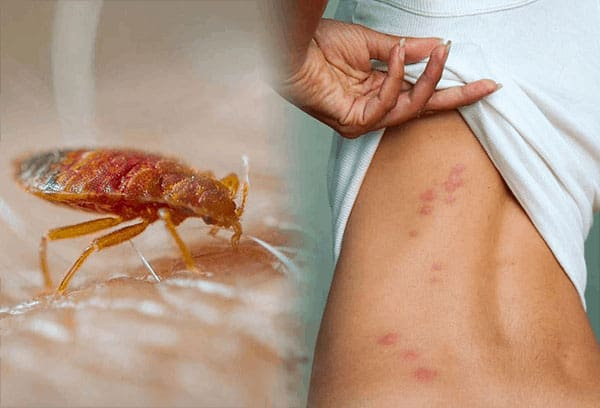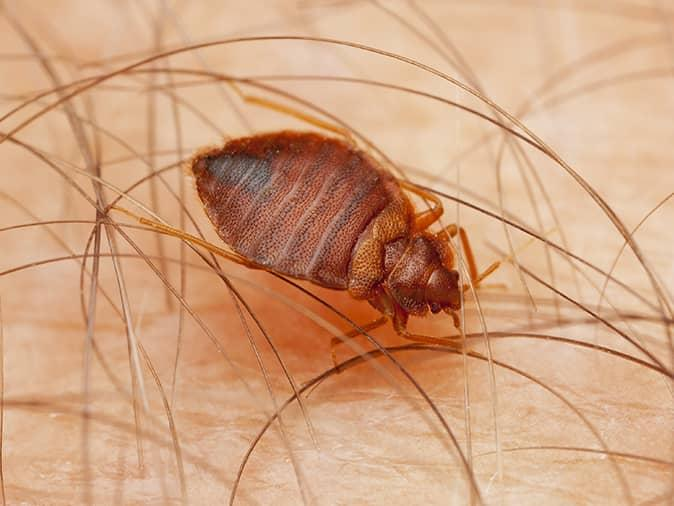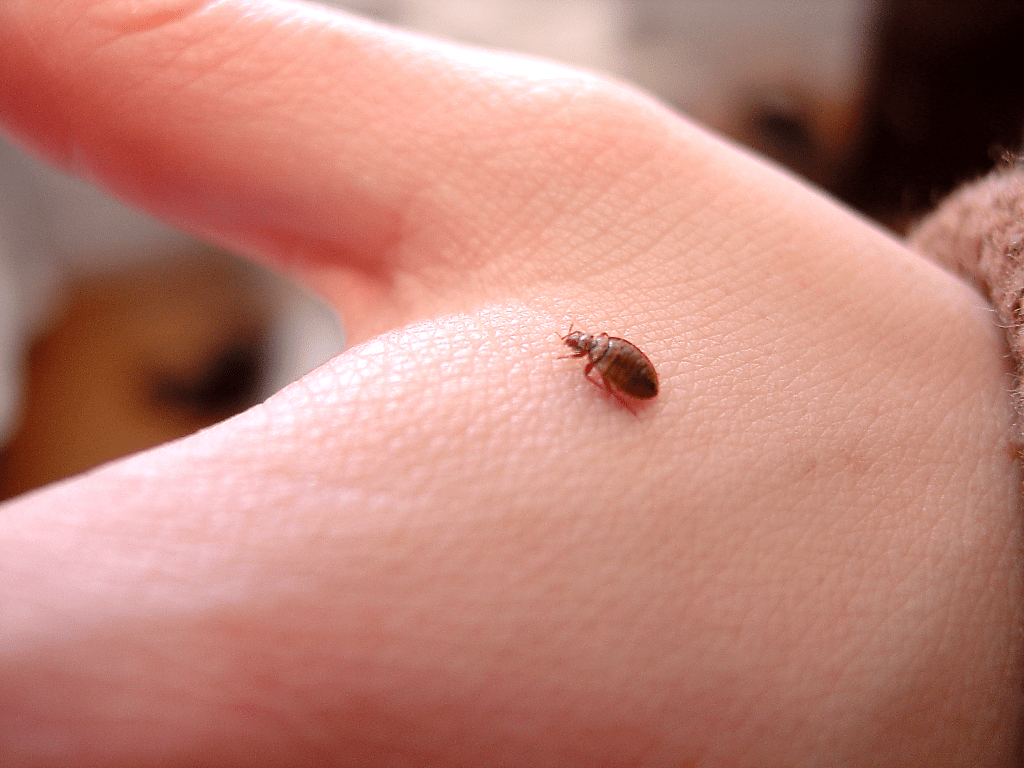Waking up with unexpected bites can be unsettling, especially when you haven’t seen any fleas despite having pets nearby. The absence of visible pests doesn’t rule out their presence. If you’ve been feeling itchy, restless, or irritated while sleeping, it’s time to investigate what might be biting you in bed. In this article, we’ll explore potential culprits and how to effectively handle them.
Recognizing Nighttime Bites: Fleas or Something Else?

Bites that appear overnight can be more than just annoying—they can cause discomfort and sleeplessness. While fleas are the usual suspects for pet owners, they aren’t the only potential source of the problem. It’s essential to identify the type of bites you’re dealing with, as each pest has distinct bite patterns and habits.
Common Signs of Bed Bug Bites
Bed bug bites often present as small, red, itchy clusters or lines on exposed skin areas such as arms, neck, and face. Unlike flea bites that tend to focus on the lower legs or ankles, bed bug bites can appear anywhere. These bites are usually painless at first, but itching and irritation can develop later.
Understanding Common Household Pests
There are several biting pests that can infiltrate your bedroom, and understanding their habits can help narrow down the possibilities:
- Fleas: Fleas are small, wingless insects that prefer to bite humans on the lower body. They jump from pets to people and hide in carpets, bedding, and upholstery.
- Bed Bugs: These nocturnal pests feed at night, leaving red, itchy welts. They hide in mattresses, box springs, and crevices during the day.
- Mosquitoes: If windows or doors are left open, mosquitoes can invade and cause itchy bites, typically larger than those from fleas or bed bugs.
- Mites: Dust mites and scabies mites can also irritate the skin, though dust mites cause allergies rather than bites. Scabies mites burrow into the skin, leading to severe itching.
The Mystery of “Invisible” Fleas
It’s possible for fleas to be present even if you can’t see them. Flea larvae and pupae are often too small to detect without close inspection. They can hide in rugs, furniture, and pet bedding, making them tricky to identify. Additionally, fleas can remain dormant in carpets and upholstery for weeks, reappearing once they sense warmth and movement.
Pet-Related Parasites: Fleas, Ticks, and Mites
Your dogs could be carrying hidden parasites that transfer to your bedding. Here’s what to watch for:
- Fleas: Examine your dogs’ coats for flea dirt (tiny black specks) and small, fast-moving insects. Flea combs can help identify fleas that may be hiding in your pets’ fur.
- Ticks: These arachnids latch onto both pets and humans, preferring moist areas like the armpits or behind the ears. Check your dogs regularly, especially after walks in grassy areas.
- Mites: While not visible to the naked eye, mites can cause skin irritation. Regular grooming and bathing can reduce the risk of mite infestations.
Could Bed Bugs Be the Culprit?
If the bites are persistent and appear despite a lack of fleas, bed bugs might be to blame. These pests are skilled at hiding and can go unnoticed for months. Inspect your bed, mattress seams, and bed frame for small, dark stains (bed bug feces), shed skins, or tiny eggs.
Signs of a Bed Bug Infestation
- Red, itchy welts that appear in a line or zigzag pattern.
- Small, rust-colored spots on sheets or mattresses.
- A musty odor near the bed area.
Bed bugs can enter your home through luggage, used furniture, or even visitors. If you suspect them, take immediate action to prevent the infestation from spreading.
Non-Parasitic Causes: Allergic Reactions and Sensitivity

Not all bites are caused by pests. Allergic reactions to new laundry detergents, fabric softeners, or bedding materials can mimic bug bites. Consider recent changes in your environment, like a new mattress or cleaning product, that could trigger skin irritation.
How to Identify Nighttime Biters
To accurately identify what’s biting you, try these steps:
- Inspect the Bed: Look for evidence of pests such as flea dirt, bed bug skins, or tiny insects.
- Use Glue Traps: Place sticky traps under your bed to catch crawling pests.
- Check Your Pets: Groom your dogs regularly and look for signs of fleas, ticks, or mites.
- Monitor Bite Patterns: Note where and when the bites occur—this can offer clues about the source.
- Deep Clean: Wash all bedding, vacuum your mattress, and clean your home thoroughly to reduce pest presence.
Effective Strategies for Pest Control
Once you’ve identified the source, take these actions to eliminate the problem:

- For Fleas: Treat your pets with vet-recommended flea treatments. Wash their bedding and use flea sprays or powders on carpets and upholstery.
- For Bed Bugs: Vacuum thoroughly, wash bedding in hot water, and use bed bug-proof covers on mattresses and pillows. Consider professional pest control if the infestation persists.
- For Mites: Wash bedding frequently, maintain low humidity, and vacuum regularly to minimize dust mites.
When to Call in Professionals
If the problem continues despite your efforts, it may be time to call a professional exterminator. They have specialized equipment and treatments that can address infestations more effectively. Professional pest control services can conduct a thorough inspection and offer tailored solutions.
Conclusion
Waking up with mysterious bites can be frustrating and alarming. While fleas are often the first suspect for pet owners, they are not always the culprit. From bed bugs to mites, many pests can invade your bedroom and disrupt your sleep. By carefully inspecting your environment, maintaining cleanliness, and using appropriate treatments, you can eliminate these unwelcome guests and reclaim your peaceful sleep. Take prompt action to identify the source of the problem and prevent further discomfort.


